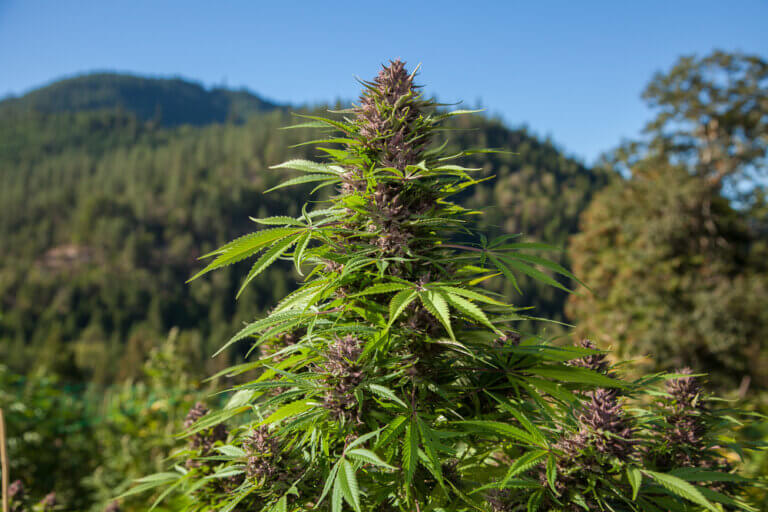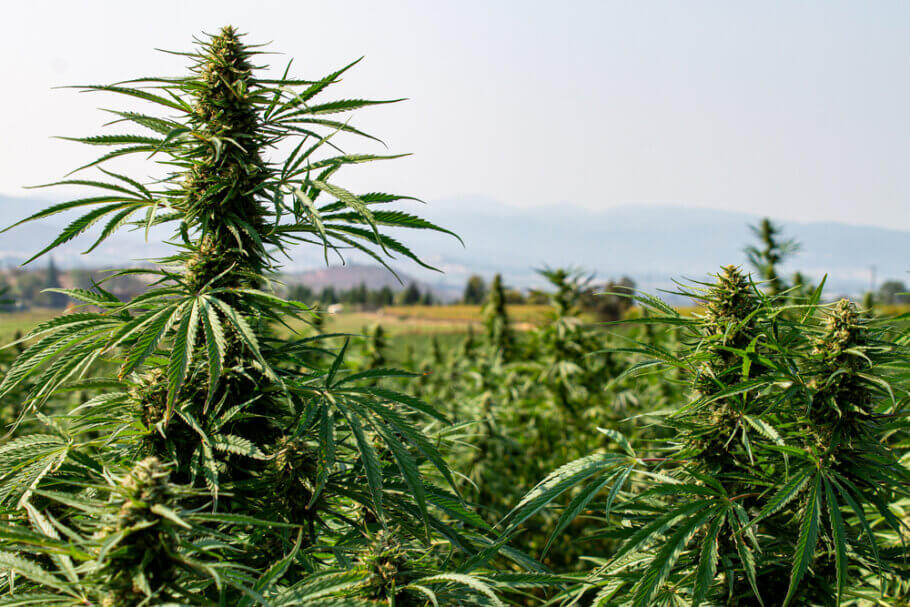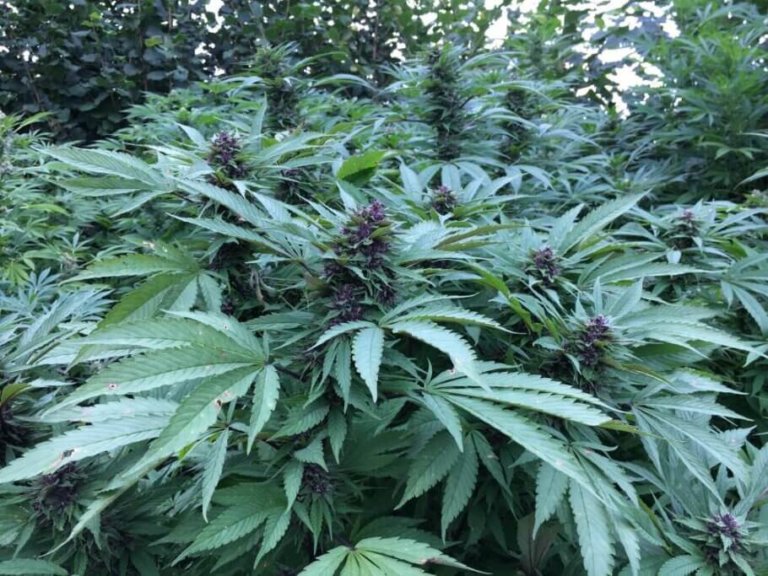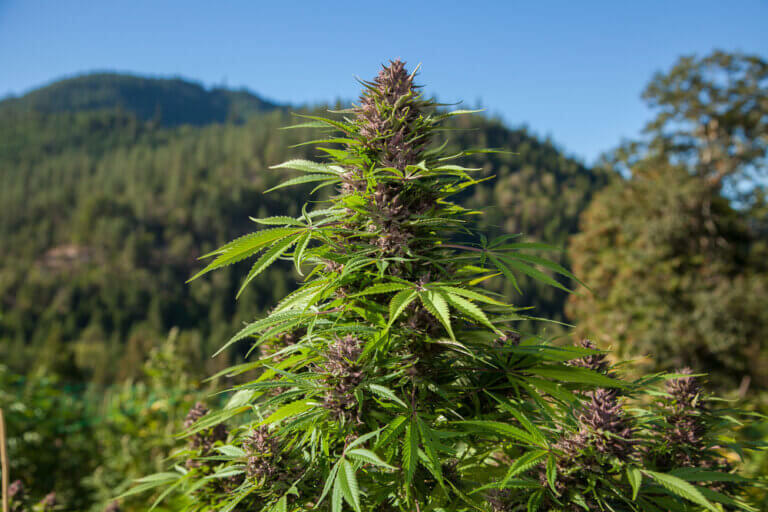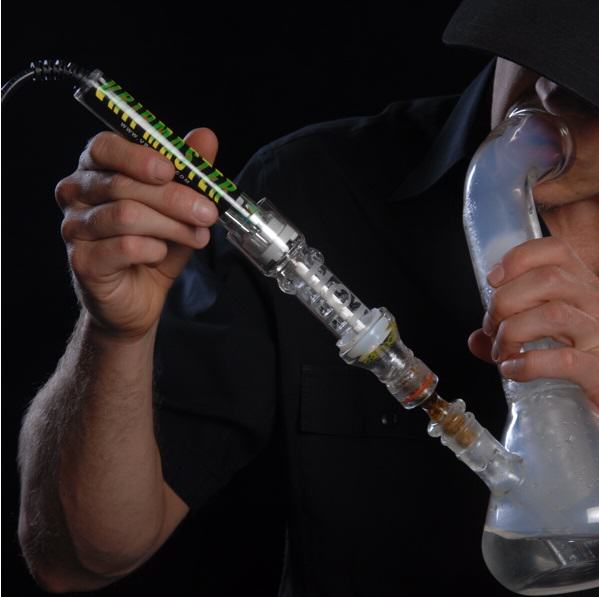Outdoor cannabis and heat waves
List of contents
Growing cannabis outdoors is not only a highly rewarding experience that brings many joys, but it also offers numerous advantages, such as harnessing natural sunlight and promoting vigorous growth in a free, natural environment. However, as summer progresses and heat waves become increasingly intense, a phenomenon we are unfortunately becoming more accustomed to, this project can quickly turn into a real challenge. High temperatures can not only slow your plants? growth but also lead to heat stress, dehydration, and, in extreme cases, serious cultivation damage. Keeping your plants healthy in such conditions requires careful planning and the application of specific techniques to help them withstand the scorching heat.
But don?t worry in this article, we will guide you through a series of strategies and tips to protect your cultivation from the heat during those days of intense heat, ensuring that your plants not only survive the high temperatures but continue to thrive with strength and vitality. Get ready to learn how to turn the challenge of heat into an opportunity to optimise your outdoor cultivation!

Growing cannabis outdoors in summer
As we mentioned in the introduction, and as any outdoor cannabis grower knows, heat waves are becoming increasingly common, bringing temperatures that are higher than usual. These heat waver not only affects us, but they also have a significant impact on animals and plants.
While cannabis is a plant that generally tolerates high temperatures relatively well, it is, after all, an annual plant often grown during the height of summer. Prolonged exposure to temperatures above 30ºC, especially in conditions of low humidity, can negatively affect it. Issues such as pest, nutrient absorption, and dehydration are serious concerns that you must not only manage but aim to prevent from the beginning. Before we dive into the strategies for minimising the impact of heat on your plants, let?s first take a look at some of the potential problems it can cause in your cultivation.
Prepare your outdoor cannabis plants for flowering
At this time, outdoor plants are beginning their flowering or about to do so, so it is worth making a brief review of those aspects of the crop that we can change or improve in order to obtain a successful and problem-free flowering. Today we will show you what you can do to prepare your plants for this important stage and achieve a first-rate harvest.
- Heat Stress : Heat stress is one of the most significant challenges cannabis plants face in extremely hot climates. Elevated temperatures can cause plants to close their stomata, the small openings in the leaves that allow for gas exchange. When this happens, photosynthesis slows down, directly impacting plant growth and development. Additionally, heat stress can lead to wilting, curling, or sunburn on the leaves, compromising the plant's overall health and development.
- Dehydration : In hot weather, soil dries out more quickly, increasing the risk of plant dehydration. If water is not available in sufficient quantities, plants cannot maintain their turgor pressure, causing their cells to lose water and the leaves to become limp and droopy. Prolonged dehydration can be fatal, especially if the roots cannot access fresh, abundant water.
- Nutrient Uptake Issues: Extreme heat can impair a plant's ability to absorb essential nutrients from the soil. When exposed to high temperatures, roots become less efficient at absorbing nutrients like nitrogen, potassium, and phosphorus. This can lead to nutrient deficiencies, which manifest as yellowing leaves, stunted growth, and a general decline in plant vitality.
- Accelerated life cycle : Very high temperatures can cause plants to complete their life cycle more quickly than normal. This accelerated process may result in premature flowering and smaller, less dense buds. Additionally, plants forced to flower too early often produce fewer cannabinoids and terpenes , affecting both the potency and flavour of the final product.
- Increased Pests and Diseases : Extreme heat can create an ideal environment for pests and diseases to thrive. Spider mites and other insects become more active in hot weather and can devastate a cultivation already weakened by heat. Additionally, heat stress can make plants more susceptible to fungal infections, especially if irrigation is not managed properly.
- Reduced bud quality :High temperatures can negatively impact the production of terpenes and cannabinoids. The compounds responsible for cannabis's aroma, flavours, and effects. Extreme heat can cause these compounds to volatilise, leading to buds with less flavour, aroma, and potency. Furthermore, the resin produced by the plants may become more fluid and less sticky, reducing the quality of the final product.
As you can see, growing cannabis outdoors in extremely high temperatures presents several challenges that require extra attention and careful management. Below, we offer a series of tips and advices to help ensure your outdoor plants endure the peak summer heat with minimal stress.
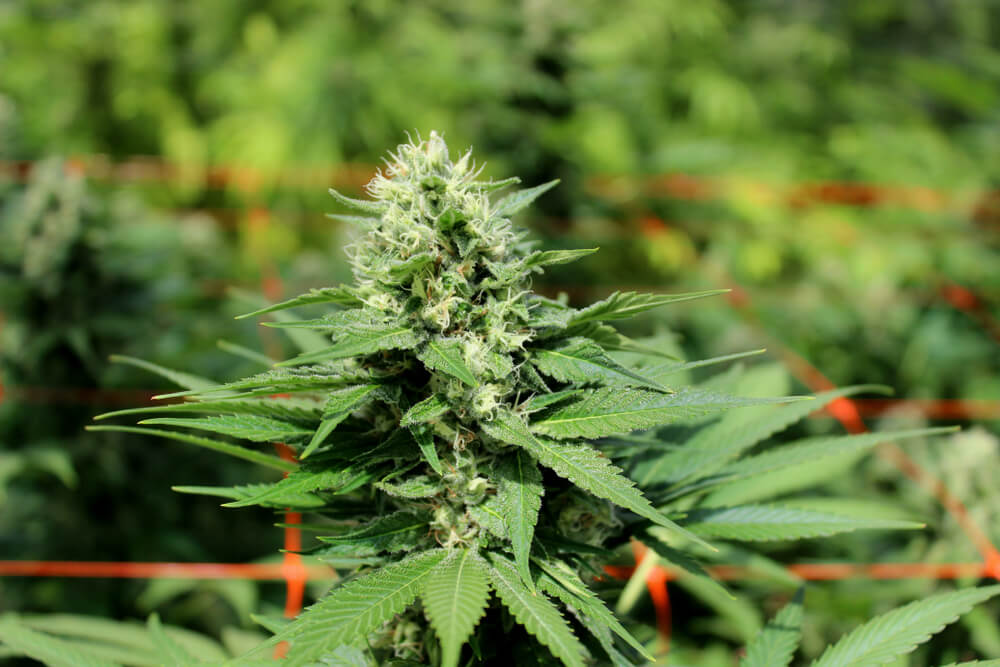
Tips for combating heat when growing cannabis outdoors
While you can't avoid high outdoor temperatures, you can take several measures to help your plants withstand the heat and minimise its impact on their development. Here are some strategies:
- Select resistant strains : Whenever possible, choose genetics that are more tolerant of heat and drought. While information about these traits may not always be readily available, look for Native varieties from warm regions, such as certain Sativas, or strains typically grown in desert areas, as they are usually more capable of enduring extreme heat.
- Use shade cloth : Using shade cloth to protect your plants from direct sunlight during the hottest hours of the day can significantly reduce stress. This will lower the temperature around the plants and help prevent leaf burn.
- Covering Soil or Pots : Place a thick layer of mulch around the base of your plants to retain soil moisture and lower root temperatures, protecting them from extreme heat. If you?re growing in pots, raise them a few inches off the ground to allow air to circulate underneath. Ideally, keep the pots, not the plants, shaded as well.
- Daily Misting : Spraying water on and around your plants can reduce leaf temperature and increase humidity, which is particularly beneficial in high temperatures. However, avoid misting when the sun is directly overhead, especially around midday. If pests are a concern, consider adding a preventive phytosanitary treatment every 2-3 days.
- Water More, Fertilise Less : In hot climates, maintaining proper hydration is crucial. Water your plants early in the morning or in the evening to prevent rapid evaporation. Use automatic drip irrigation systems to ensure consistent moisture and prevent water stress. Since you'll be watering more frequently, reduce the dosage of liquid nutrients slightly to avoid over-fertilisation or nutrient lockout. Regularly check soil pH and adjust fertilisation as needed to keep nutrient levels within the optimal range.
- Ensure Good Air Circulation : Promote air circulation around your plants to reduce the risk of mould and other issues. Prune the lower parts of the plants, where growth is often less productive, to allow air to flow freely between branches.
- Use Biostimulants : Products like humic acids or seaweed extracts can help boost your plants' metabolism, enabling them to better withstand heat stress. Consider using these biostimulants if temperatures rise significantly and you?re concerned about thermal stress affecting your plants.
Outdoor cannabis harvest
In today's article we are going to talk about harvesting cannabis outdoors and what you can do to ensure it is successful, from what to do in the weeks before harvest to how you should dry your flowers to avoid unpleasant surprises. A brief harvest guide that will surely help you enjoy the best quality flowers all year round.
Dealing with high temperatures when growing cannabis outdoors may seem challenging, but with the right tips and techniques, you can overcome obstacles and achieve a healthy and abundant harvest. Adapting your watering methods, providing adequate shade, selecting heat-tolerant strains, and maintaining soil health are all crucial steps that can make a significant difference. With some preparation and care, your plants can not only survive the heat but thrive in even the harshest conditions.
Remember, nature has a remarkable ability to adapt, and with these strategies, you can do the same to achieve successful cultivation, even on the hottest summer days.
Happy harvesting!

































